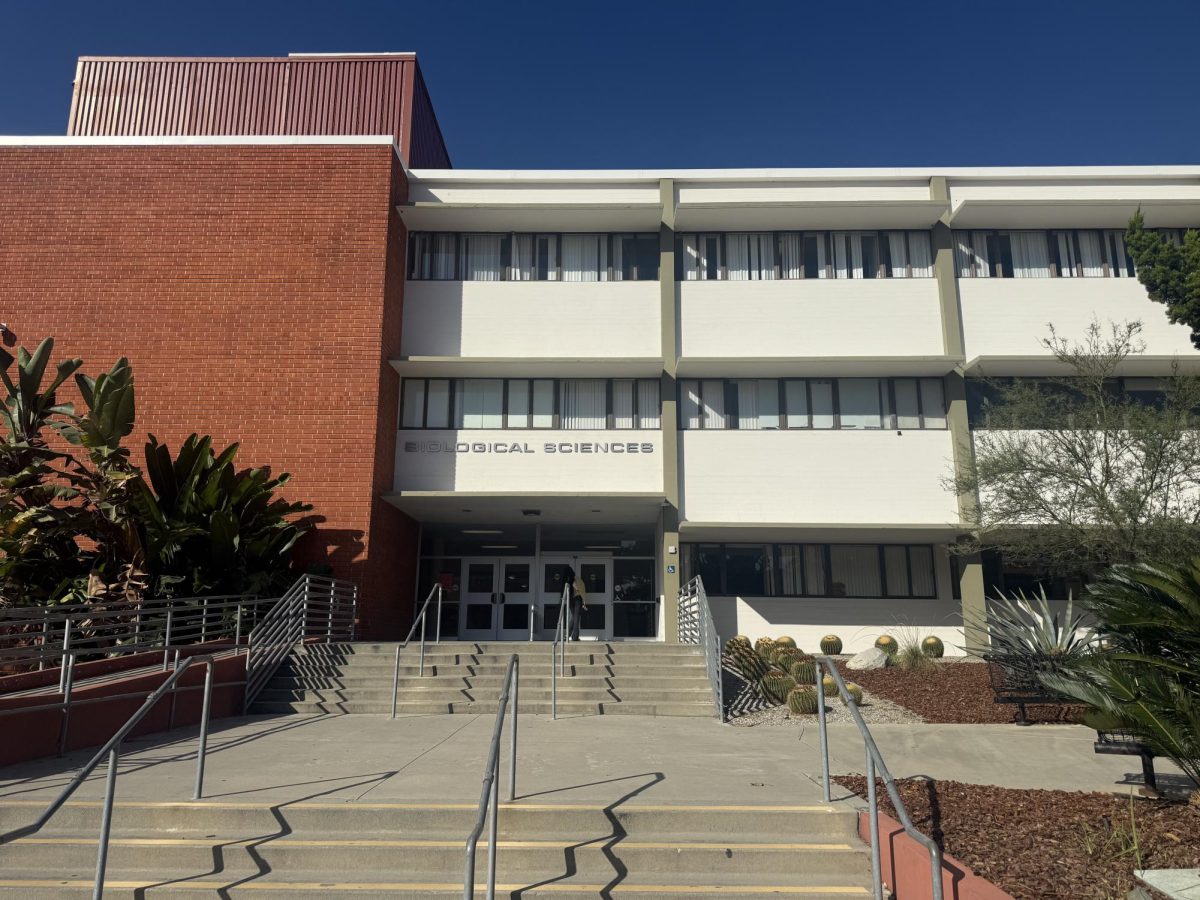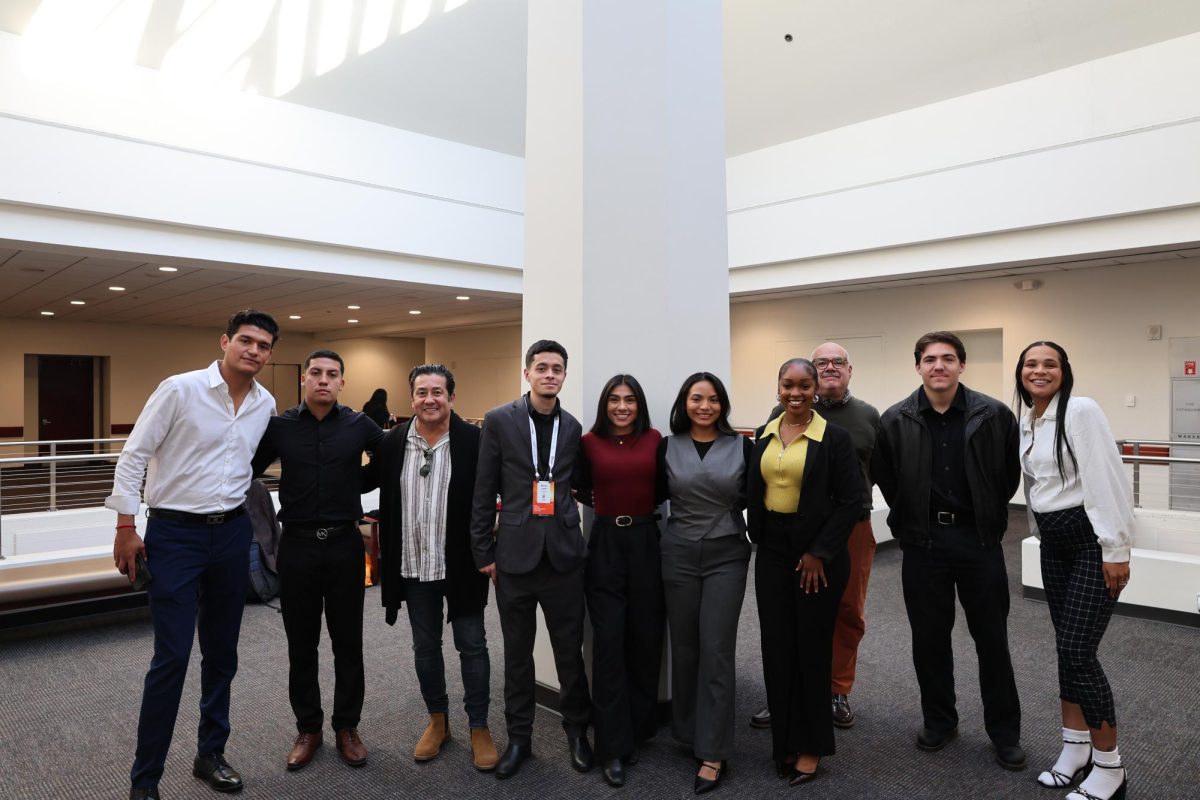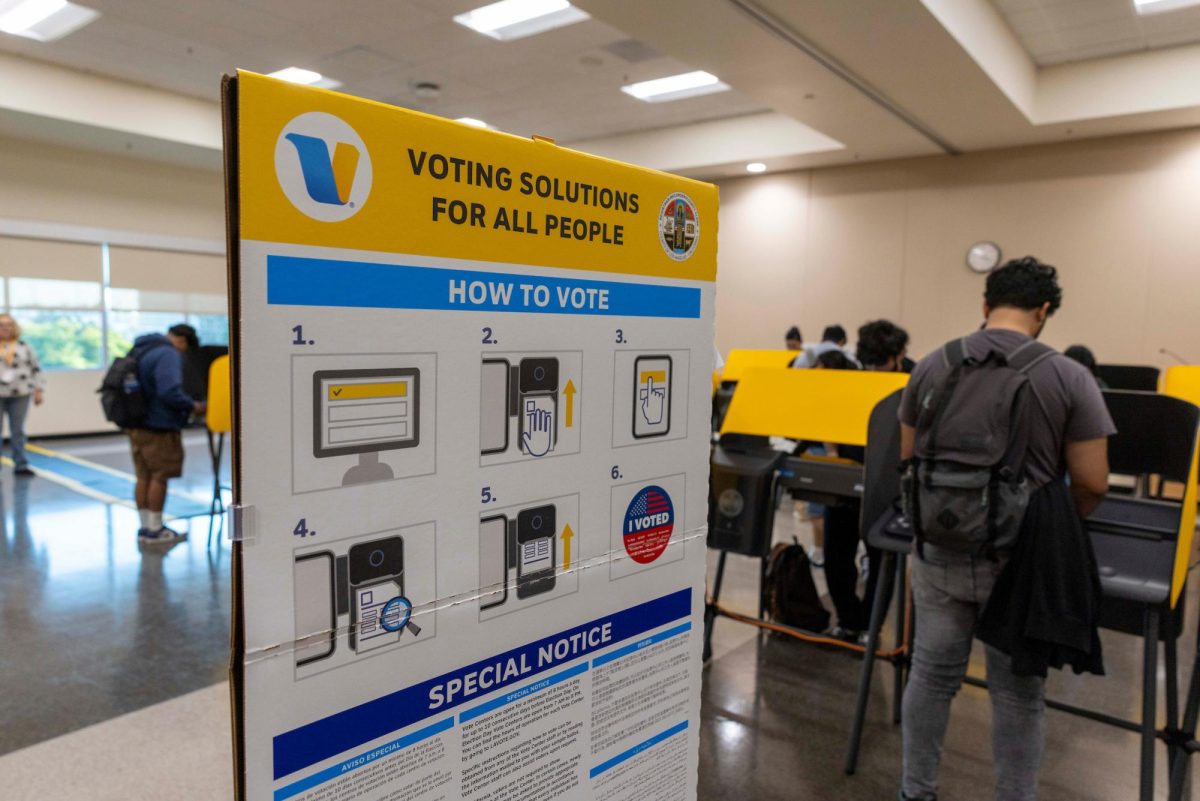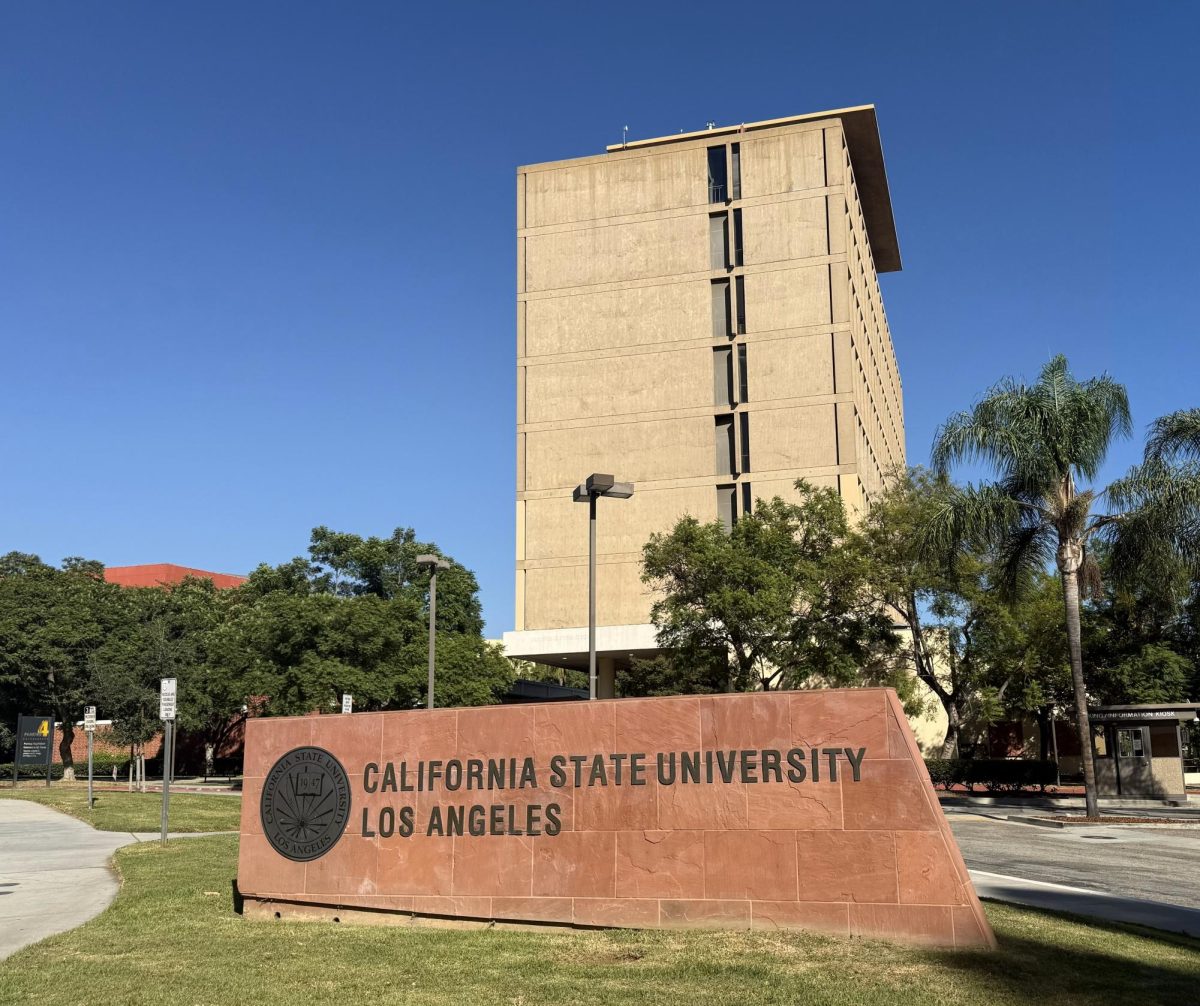Like many other students enrolled at a CSU, 18-year old Christopher Rodriguez relies on grants to cover campus expenses and other costs of living while at Cal State L.A. But what the first-year electrical engineering major and others don’t realize is the fate of their finances will be decided by the board of trustees who will vote on whether a potential tuition hike is in their future.
The cost of enrollment isn’t the only problem at hand and students are not alone in their struggle. Last month the CSU Employees Union, California Faculty Association and other supporters rallied outside Chancellor Mildred Garcia’s office in Long Beach in opposition to the proposed 6% annual increase of tuition over the next five years. The chancellor’s office said the reason behind the proposal is the $1.5 billion funding gap between its revenues and costs.
If implemented, tuition would be raised $342 for full-time undergraduate students beginning the 2024-24 school year, raising the cost to roughly $6000 to start and $7682 by 2028. The proposal claims that 60% of students would not be affected by the increase, because their tuition is fully covered by grants of waivers, however, it is expected to generate $840 million of which $280 million would go to the board’s grant program.
Higher wages and outdated workspaces and materials are also issues addressed by employee unions which will be carried into the next rally on Sept. 12, when board members will finalize their decision. With two primary methods of funding, state grants and tuition, some students feel that the burden falls on their shoulders.
“So many students at CSUs come from medium to low-income households so for their tuition to be increased, there might be some who aren’t able to afford it,” Rodriguez said. “I don’t know if the board is taking our finances into consideration. Even students with a job are struggling.”
A statement from CSU public affairs claimed that along with other rising costs, inflation over the last decade is a driving factor in the proposal, which has shot up 39% while tuition has jumped 5% during that time.
“The system faces continual and growing cost pressures-an increased need to expand high-cost degree offerings, inflation, unfunded mandates, as well as infrastructure needs growing over time. . . To ensure the CSU continues to provide an accessible, high-quality education to current and future generations of Californians, additional financial resources are required to deliver on this commitment.”
What makes higher tuition costs harder to get behind is the dire need for building renovations and other facility restoration across all 23 campuses in the state, half of which are more than four decades old, according to a report from the CSU Finance Committee.
The study also found that $5.8 billion is needed in overdue maintenance and repairs, in addition to ongoing facility renewal costs of $284 million annually. For many students, walking into a classroom with chalkboards and tiny wooden desks resembles more of an elementary school and is not what they expect on their first day at a state university. Biology major Justin Mendoza hopes that if the proposal passes the revenue generated goes towards building repairs across the CSU system.
“For the price that we’re paying already, not to mention an increase of thousands of dollars down the line, it just doesn’t seem viable if we’re going to be sitting in old rusty shacks,” Mendoza said. “If [the proposal] passes, we should expect that buildings will be renovated to look more modern.”
Union groups have struggled to revive salary steps for faculty and staff which were done away with in 1996, making them the only state agency without them. These steps allow incremental wage increases without renegotiating a new bargaining agreement every three years.
Jennifer McCormick is a professor in the College of Education at Cal State LA and a member of the CFA who feels that the skill and hard work of faculty, staff and students should earn them fair wages and tuition prices.
“I guess my short answer is to cut administrative bloat,” McCormick said. “[The chancellor] is trying to balance the CSU budget on the backs of working class students, justifying the tuition increase with a revenue gap that is never considered when the board of trustees approve excessive spending on administrators salaries.”
In addition to idle earnings, the state-funded Mercer study suggests some professors, counselors, and other staff are underpaid since they don’t match the salaries of people of the same qualifications and position at another CSU. For some employees, underpaid could be interpreted as undervalued especially when the gap between professor and chancellor is so wide.
With a salary that puts her in the top 1% of earners already, Garcia also receives $8,000 monthly housing allowance and $1,000 monthly auto allowance, according to EdSource. With multiple unaddressed issues on the table for future negotiations, the overall feeling is that current inequities have driven a wedge between faculty and the school board.
The CSU has yet to respond to these issues following a request for statement.








